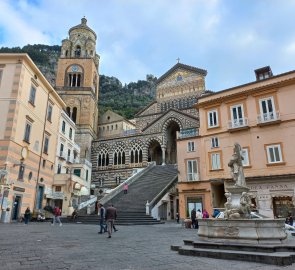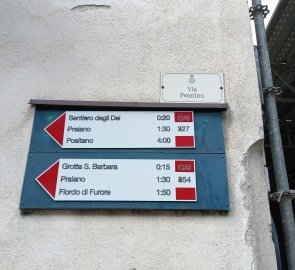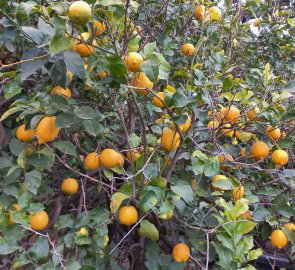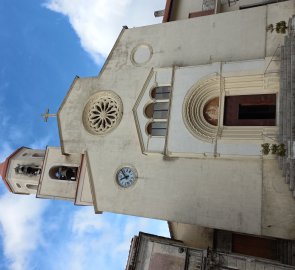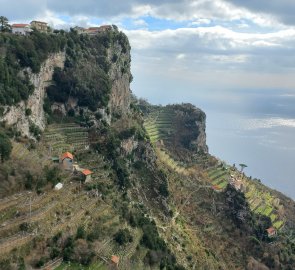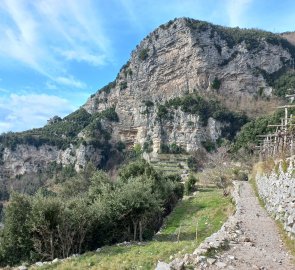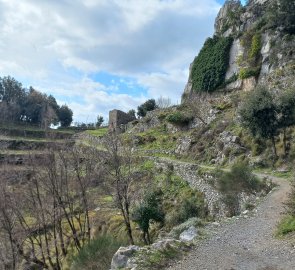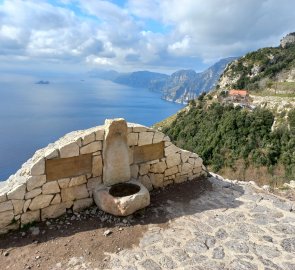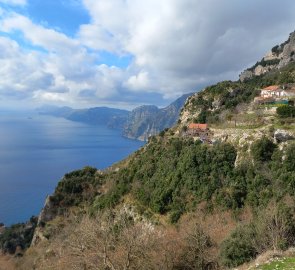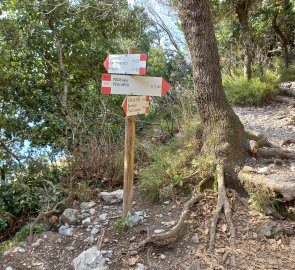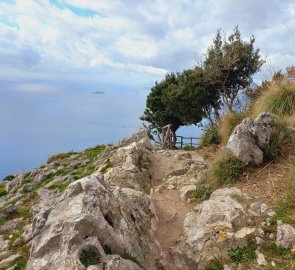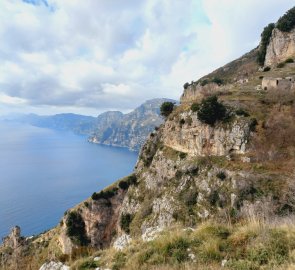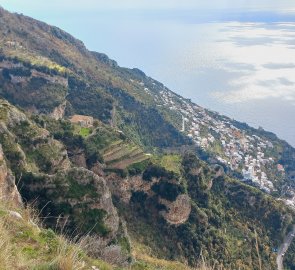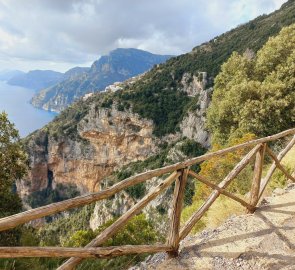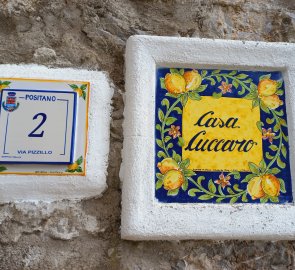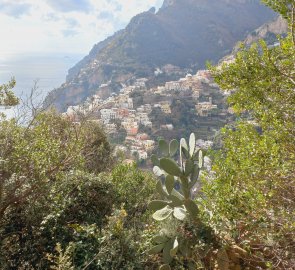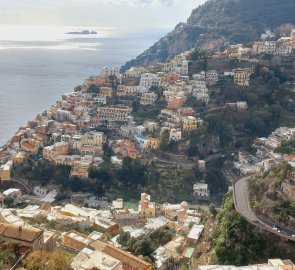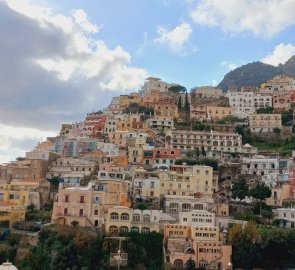Crossing the Path of the Gods on Italy's Amalfi Coast
Mountain range, region / State
/ Italy
Season
Winter
08. 02. 2024
Difficulty
2 / 5
Elevation
↑ 790 m
↓ 1377 m
Length
8.8 km
4 hours
Altitude
max. 660 m n.m.
min. 54 m n.m.
Tips for hikes in the country Italy
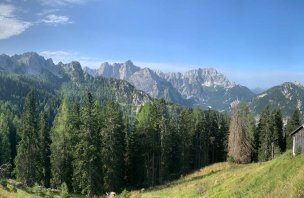
Trek to the Cima del Cacciatore from Monte Lussari
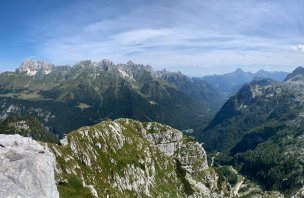
Trek to Bila Pec from Sella Nevea in Italy
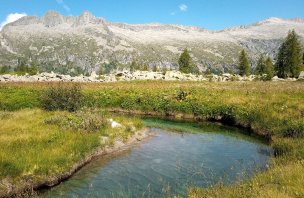
Attempt to climb Cima Cop di Breguzzo
Path of the Gods on Italy's Amalfi Coast
Starting point
The village of Bomerano on the Amalfi Coast. The Amalfi Coast is about 60 km south of Naples, Italy. It is a famous tourist area, the terraced villages are a UNESCO World Heritage Site. There are direct flights to Naples from Prague, e.g. Ryanair and Wizzair (2 h flight), tickets start at about 40 € in low season. From Naples, there are regular bus services by EAV and SITAsud. Transportation with them is reliable, cheap and without nerves where to park. The roads on the coast are very narrow, parking is scarce and everywhere is paid (about 2 €/hour). If you rent a car, choose as small as possible. The Fiat 500 is the clear leader here.
Description of the hike
The Amalfi Coast (Costiera Amalfitana) lies about 60 km south of Naples, in the Italian province of Campania. The coastline is rugged, with cliffs dropping steeply to the sea from heights of over a thousand metres. When the weather is good, it is possible to see its entire length, from the island of Capri, through the Sorrento peninsula, the Sirens, the terraced villages of Positano, Praiano and Amalfi, to the lowlands around Salerno, the second largest city in Campania. The Path of the Gods starts from the village of Bomerano and follows the cliffs and cliffs for about ten kilometres, offering breathtaking bird's eye views of the coast and villages. The path takes its name from the Greek legend of the descent of the gods from heaven to earth.
There is a SITAsud bus to Bomerano from Amalfi (direction Agerola). Just the ride up is an experience. The bus climbs almost 700 metres on about ten kilometres from the sea. It winds through villages and past fields where locals grow lemons, oranges or olives on a few flat metres. The road is very narrow, and the bus honks its horn at every impassable spot to warn oncoming vehicles. Avoidance is calculated to within centimetres. Most of the cars have scratched sides, dented sheet metal, lights sticking to the stickers. The most common and practical vehicle here is the little Fiat 500; you'll see all its models from the 1960s to the present. The bus driver, with the requisite black glasses, drives with the confidence of a rally competitor, with another honk to greet acquaintances and even manages to discuss the news with the signora sitting behind him. After about 40 minutes we are at the top of Bomeran, getting off at a bus stop near the church and looking for the start of the sign. It's 4 hours to Positano, our destination.
Behind the last yards of the village, the path leads a few hundred metres along the asphalt road to a small parking lot near the Grotta Biscotto cave, where the trail officially begins. Benvenuti sul Sentiero degli Dei. We leave the asphalt and the trail leads us along the rocks to the Colle Serra saddle. There are stone walls around the paths, from which purple crocuses float towards the sun. The view back to Bomerano is breathtaking - limestone cliffs tinged with red, stepped fields of vines, citrus orchards and the blue sea far below. At the saddle, the road swings over the first ridge and at a small rest area with water refill, the road takes a turn down to Praiano. The trail continues to the right, more or less following the contour. There are smaller farmhouses around, some with goats or mules, others looking shabby and slowly falling apart.
The trail goes around rocks, or rather former cliffs, painted in a range of colours from white to red. In some places, limestone stalactites hang from the rocks, or simple houses are carved into them. The meadows are replaced by scrubby vegetation, the path occasionally crosses the rocks. It smells of rosemary, blooming with tiny blue-purple flowers. But the terrain is simple, mostly about a metre wide path, occasionally stones or rocky steps. The trail crosses several streams and ravines. The more exposed sections are safely secured with guardrails. And fantastic views at almost every turn. After about two hours, we reach the village of Nocelle. Nocelle has a nice little church with a small square and there are refreshments and accommodation. There is a local bus from Positano to the village, or you can go down to the coastal road where there are other buses between Positano and Amalfi. However, the descent is very steep, leading down a flight of steps, said to be over a thousand.
We continue along the paved path and then along a somewhat uninteresting asphalt road towards Positano. Just before Positano is the village of Montepertuso. The funny thing is that here, where every metre is saved, there is room for a football pitch. After Montepertuso, the trail starts to descend along houses and gardens to Positano. There are a lot of steps here, too, and your feet hurt. But the reward is picturesque corners of colourful houses with flowers and lazily lounging cats. The ceramic decorations from local workshops are a tradition here, the houses have descriptive numbers written on decorated tiles, also some signposts are displayed on ceramics.
And then Positano. The hilltop village, where every house is a different colour, is famous from calendars and Instagram. The houses glow in the afternoon sun, between them washed-out churches with towers covered in ceramic tiles and, far below, the turquoise sea. We walk between the houses to the lower station of the Positano-Sponda bus. To get back to Amalfi, we again use the SITAsud bus, which runs at regular intervals (about once an hour, more often in high season).
Difficulty
Easy trek, suitable for seniors or older children. An interesting alternative for mountain hikers is to climb the mountains above the coast, which reach heights of up to 1400 m, but then expect an elevation gain of more than 1000 m.
Water availability
There are multiple food options along the way - watering holes, bistros, the Lemon Stop in Nocelle, restaurants and shops in Bomerano and Positano.
Sleeping options
Tourist area, accommodation of all categories.
Mountain peaks
The route runs in the rocks along the coast, there is no peak on the way. However, almost all the time the trek offers beautiful views of the surroundings.
Danger
There is no danger on the route, exposed places are secured by railings.
Food
Refreshments available in villages along the way.
